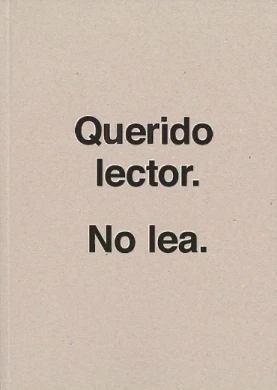Ulises Carrión
Dear reader. Don’t read
A key figure in Mexican conceptual art, Ulises Carrión (1941, San Andrés Tuxtla, Mexico – 1989, Amsterdam) was an artist, editor, curator, and theorist of the post-1960s international artistic avant-garde.
Due to his interest in new art forms and innovative trends, he actively participated in most of the artistic disciplines of his time. He cofounded the independent artists' run space In-Out Center in Amsterdam and founded the legendary bookshop-gallery Other Books and So (1975–79), the first of its kind dedicated to artists’ publications that, in 1980, would become Other Books and So Archive. The name “Other Books” indicates the purpose of this bookshop-gallery: the presentation, production, and distribution of publications that were no longer literary texts nor about art, but rather books that were art or, as Carrión himself called them, “non books, anti books, pseudo books, quasi books, concrete books, visual books, conceptual books, structural books, project books, statement books, instruction books” (Advertisement flyer, 1975). The second part of the name "and So" refers to all kinds of publications, such as magazines, newspapers, LPs, postcards, posters, musical scores, multiples, etc.
Along with his artistic activities, Ulises Carrión developed a wide range of theoretical work, highlighted by his 1975 manifesto “The New Art of Making Books.” Though conceived with the goal of opening new avenues for traditional writers, it would have a great influence on young visual artists. It is fascinating to see that Ulises Carrión’s theories are seemingly word-for-word precursors to more recent art theories of the twenty-first-century digital world. By way of example, we can cite his idea of plagiarism as the “starting point of the creative activity.” In a type of pamphlet he stated, “Why is there plagiarism? Because—There are too many books—It takes so long to read or write a book—Art is not private property—They represent love for the author—They give a book a second chance to be read—They make reading unnecessary—They do not lend themselves to psychological interpretations—They do not have utilitarian purposes—They lack commercial value—They are simple and absolute—They are beautiful” (Fandangos, no. 1, Maastricht, December 1973).
Clues to his oeuvre may also be found in artists’ books such as Looking for Poetry (1973), films like The Death of the Art Dealer (1982), or the video TV-Tonight (1987). During his most creative artistic period, his participation in the international mail art network gave birth to, among others, the magazine Ephemera (1977–78), dedicated to the daily receiving of works circulating throughout this network. For Ulises Carrión, mail art was a kind of guerilla strategy. Whether one uses the mail system as a support—as one would use canvas, paper, or wood—or as a means of distribution, both “art” and “mail” coalesce to control the production and distribution of art (Mail Art and the Big Monster, 1977).
This retrospective focusing on Ulises Carrión’s personal and groundbreaking approach seeks to illustrate all aspects of his artistic and intellectual work. The exhibition spans from his early career as a young, successful writer in Mexico, to his college years as a postgraduate student exploring language and linguistics in France, Germany, and Britain, to his numerous activities in Amsterdam, where Carrión established himself in 1972 and lived until his untimely death at the age of forty-nine.
The exhibition is composed of nearly 350 pieces that include books, magazines, videos, films, sound pieces, mail art, public projects, and performances, along with Carrión’s initiatives as curator, editor, distributor, lecturer, archivist, art theorist, and writer. It is a significant body of original work structured so as to place a spotlight on every facet of his production.
Without losing sight of the unclassifiable nature of his oeuvre, this exhibition emphasizes Ulises Carrión’s constant search for new cultural strategies and the extent to which his projects were determined by two fundamental themes: structure and language, representing artistic guidelines that, influenced by a literary education, are pervasive in his work even if he always fought against it. This duality corresponds to the exhibition title "Dear reader. Don’t read"—taken from his diptych of the same name—which illustrates his ambiguous relation to literature, a recurring theme in his work.
Artists
Museo JUMEX, Mexico D.F. (9 February - 30 April, 2017)
Organised by
Museo Nacional Centro de Arte Reina Sofía
Additional material
Image gallery
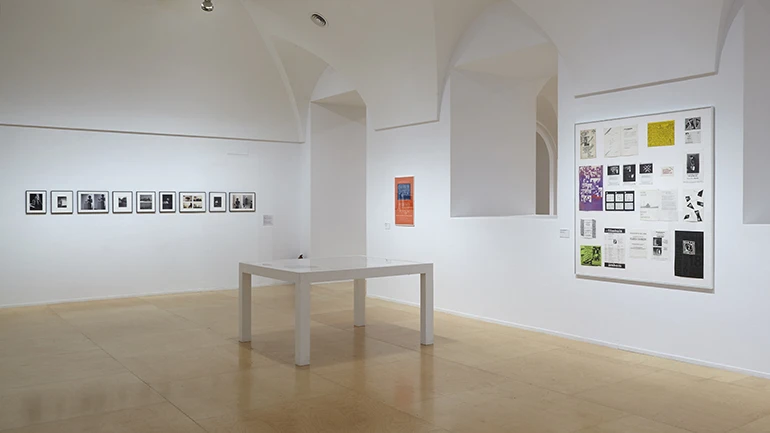
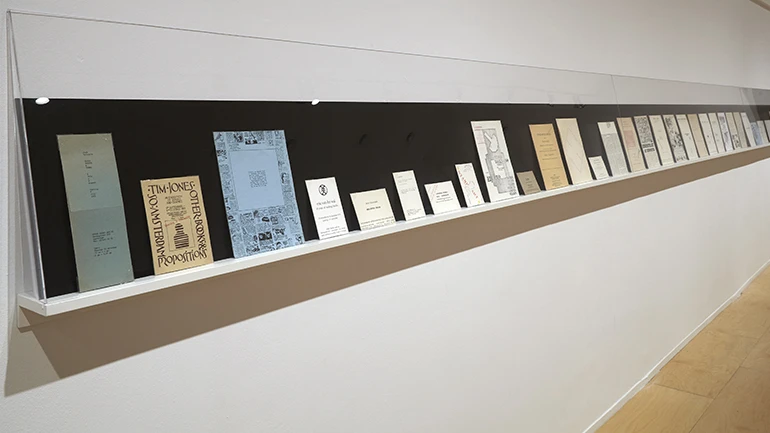
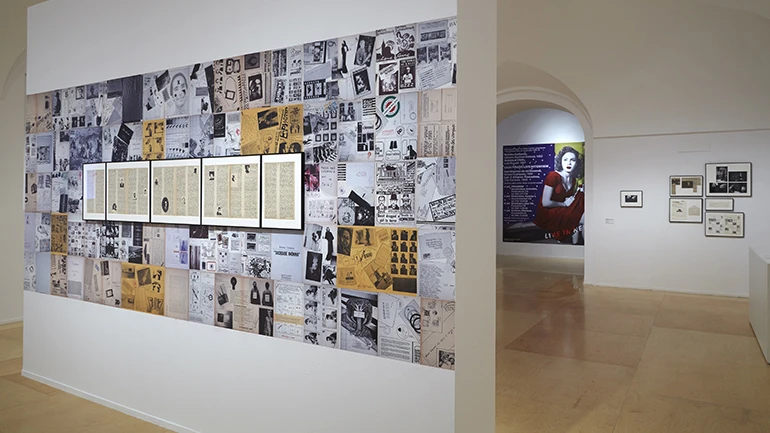
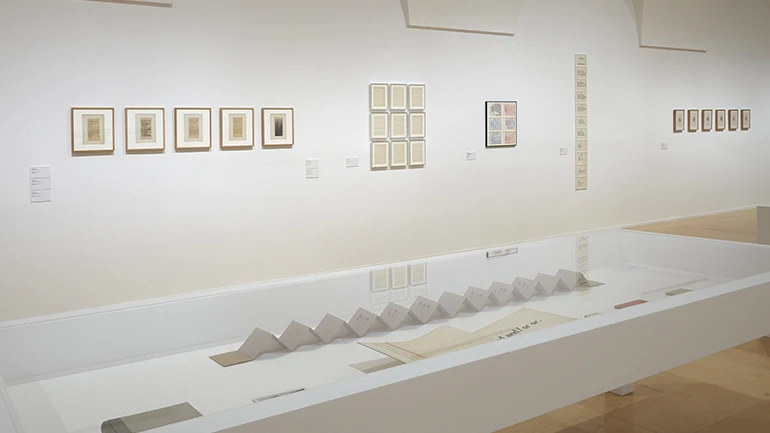
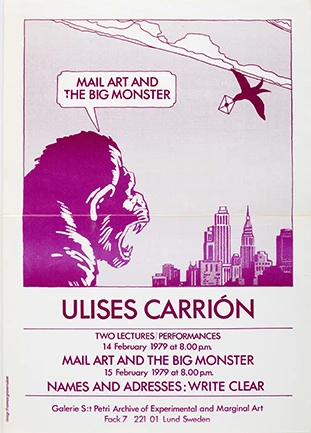
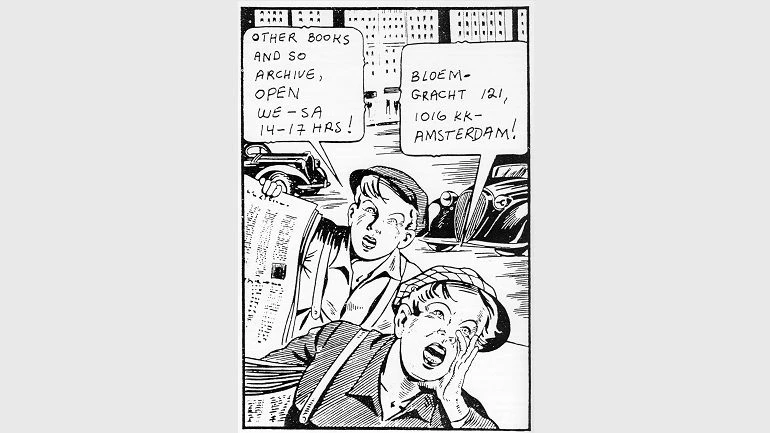
Itinerary
Museo Nacional Centro de Arte Reina Sofía, Madrid
15 March, 2016 - 10 October, 2016
Museo JUMEX, México D.F.
9 February, 2017 - 30 April, 2017
